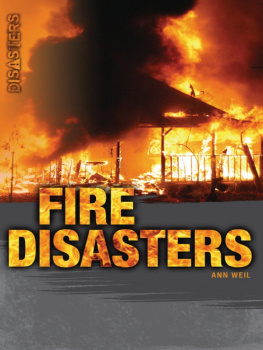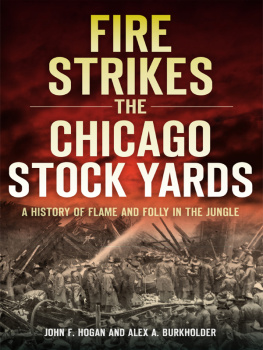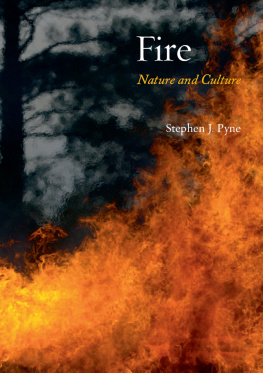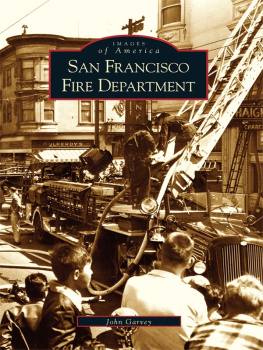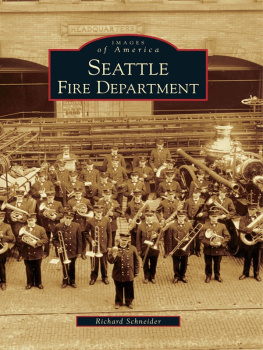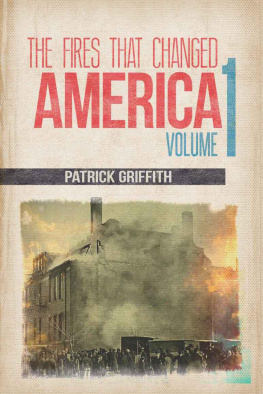Published by The History Press
Charleston, SC
www.historypress.net
Copyright 2016 by Stefani Koorey
All rights reserved
Front cover: All images from the Leslie Jones Collection.
First published 2016
e-book edition 2016
ISBN 978.1.62585.665.4
Library of Congress Control Number: 2015960002
print edition ISBN 978.1.46711.924.5
Notice: The information in this book is true and complete to the best of our knowledge. It is offered without guarantee on the part of the author or The History Press. The author and The History Press disclaim all liability in connection with the use of this book.
All rights reserved. No part of this book may be reproduced or transmitted in any form whatsoever without prior written permission from the publisher except in the case of brief quotations embodied in critical articles and reviews.
To Harry Widdows, who deserves much more than this dedication.
A longer life would have been my choice. I will miss you always.
FOREWORD
Fall River is historically known as the City of Hills, Mills, and Pork Pies. Former fire chief Louis Shea had a different view, famously describing Fall River as a city that was built to burn.
Located at the confluence of the Taunton and Quequechan Rivers, Fall River was once the cotton textile manufacturing center of the United States, second only to Manchester, England, in the world. This industry brought waves of immigrants to the cityEnglish, Irish, French Canadians and Portugueseall flocking to Fall River during the nineteenth and twentieth centuries to work in the mills. These workers needed cheap, affordable housing, and so the three-decker was born. These apartment houses usually had three floors with porches on each level. The wood framing of these structures consisted of two-by-fours running from the roofline down to the foundation with a ribbon board at each level where the floor joists were attached. Oftentimes, the walls of these buildings were never fire-stopped, so a fire that started in the cellar could quickly communicate to the attic due to its balloon framing. These buildings were jammed into neighborhoods so closely that people could not stretch their arms out between them. The mills that the people worked in were located in these neighborhoods, as well. They were and are huge buildings of granite or brick with oil-soaked floors from the spinning and weaving machines. When they caught fire, they became roaring infernos.
There are only three ways to extinguish a fire: cut the oxygen to the flame, cool it below its ignition temperature or let it burn itself out. A fire is a force of nature and is a living, breathing thing, like a hurricane or tornado. It needs oxygen to live and will always follow the path of least resistance. In mill buildings, where there are great open areas that are hundreds of feet in length, there is little to stem the flow of the flame once it has begun.
I was a firefighter in the city of Fall River for thirty-three years, retiring in 2009 as a district fire chief. During this time, I fought many fires, both large and smallKerr Mill, Arlans (Richard Borden mill complex) and Notre Dame de Lourdes church, among others. The worst fire to me, however, was one that occurred on December 28, 2000, in the Corky Row section of the city. As with other conflagrations in Fall River, there was an icy, cold wind, this time recorded at forty miles per hour, from the southwest. We had a fire call at 2:00 a.m. that reported a house fire on Fourth Street. The temperature was nine degrees. As we approached the fire, we saw four vehicles ablaze on the street from the flames that had traveled to the next flammable object. It was so cold that we had two frozen hydrants and had to lay hundreds of feet of hose to get to a flowing hydrant. By the time of our arrival, a six-family house, a three-decker and a three-family house were all on fire. Tragically, one young mother died and twenty-five people were displaced. Our firefighting efforts that night saved the neighborhood, and even though everything was covered in a thick coat of ice, including ourselves, we stuck it out until we were sure the danger had passed for the surrounding structures. We almost lost an entire section of the city that night.
Another horrible fire that I recall also resulted in a loss of life, this time four people were killed in the Holy Ghost Club fire of 2006. Located on County Street, the club had installed a religious shrine, using cotton batting on the floor, walls and ceiling. Illumination was by candles, and when one of them fell over, the building caught fire quickly. When there is any loss of life, firefighters take it very personally.
The conflagration of Notre Dame de Lourdes church in the Flint area of Fall River in 1982 was one of the most significant fires in my tenure as firefighter. After lunch, on Tuesday, May 11, and for five full hours, the Fall River Fire Department and companies from Westport, Dartmouth, New Bedford and as far away as Boston worked to contain this all-consuming blaze. By the time my company arrived, multiple buildings were on fire on the southwest side of the church, toward Pleasant Street, a major business district in this part of the city. We set up water cannons on the east side, directing the water onto the fire. The fire was so large that it created its own weather and wind patterns, a firestorm, with fire cresting over the ladders and cannons, backward and in a circular motion. At ground level, the air was rushing in a direction toward the fire that it was creatingopposite of the wind direction of the environment. Embers from the fire traveled quite a distance, and we put out brush fires near the highway in the bull rushes of the Quequechan River well into the night. The headlines in the newspaper said it all: The Day a City Wept.
We never know what we are going to find when we are called to a fire. We may get a call for a stove fire or mattress fire but have no certain knowledge about what is actually happening and what we will find when we arrive at the scene. We dont even have a firm idea as to how many people actually inhabit a building. There could beand it has been my experience to findunlawful apartments in the attics and cellars of a house that is on fire, as well as rooms filled with all kinds of illegal and/ or flammable containers and accelerantsgasoline, kerosene, oxygen tanks, acetylene, butane, fireworks, gunpowder, et cetera. There is lots of unpredictability. And with unpredictability comes danger, for both citizens of the city and the firefighters who will risk their lives to save life and property, regardless of type of emergency, weather or hour.
Over the years, Chief Sheas description of Fall River has unfortunately borne out. Historic Fires of Fall River will go into greater detail about the conflagrations, mill fires and other fire disasters, both natural and man-made, that Fall River has suffered throughout its history. The fire department will continue to protect the lives and property of the citizens of Fall River, and we have been fortunate to have such a dedicated and professional group of people to protect the city from the inevitable ravages of fire.
DAVID JENNINGS
Retired District Fire Chief
Fall River Fire Department


